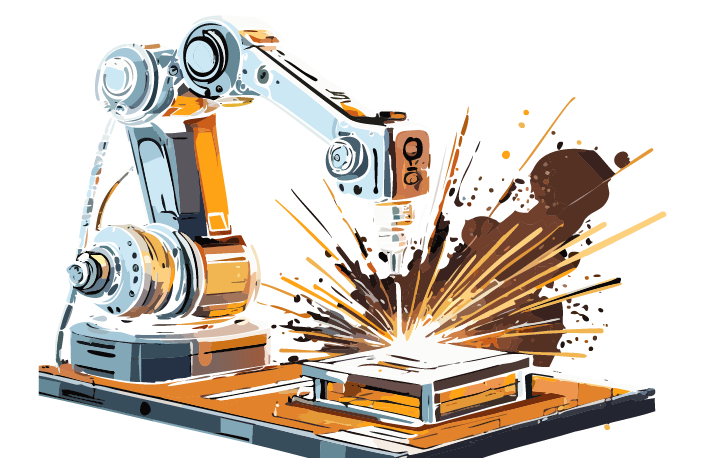Reinforcement learning and optimization based path planning for thin-walled structures in wire arc additive manufacturing
This research presents a path planning framework, RLPlanner, which uses reinforcement learning and Sequential Least Squares Programming optimisation for automatic deposition path planning in wire arc additive manufacturing of thin-walled structures. Addressing the limitations of existing path planning strategies, this paper demonstrates the framework's adaptability to geometry variations and its ability to adjust welding parameters.
Details
Type of Work: Scientific Publication
Main Author: Jan Petrik
Affiliation: ETH Zurich
Co-Authors: Markus Bambach
Date: 5th May 2023
Journal: Journal of Manufacturing Processes
Online: ScienceDirect
Gallery
-

Experimental setup located in Advanced Manufacturing Laboratory at ETH Zurich, which was used to generate and subsequently digitize experimental data. Image A (left) visualizes ABB welding robot IRB 1600 with Fronius welding power source TPS 500i CMT with which weld beads were printed. Furthermore, image B (right) shows Atos scanner, which was utilized to scan the experimentally obtained data. -
Visualisation of a trained reinforcement learning agent that has to find a deposition path for a double bead geometry with nine pockets as fast as possible while minimising the number of stopping points. The desired geometry is represented by white dots, while the already imaginary deposited material is shown in green. The movement of the robot where it did not weld is then shown in blue. Finally, you can see whether the robot is welding or not by looking at the indicator above the geometry, which shows Power ON or OFF.

